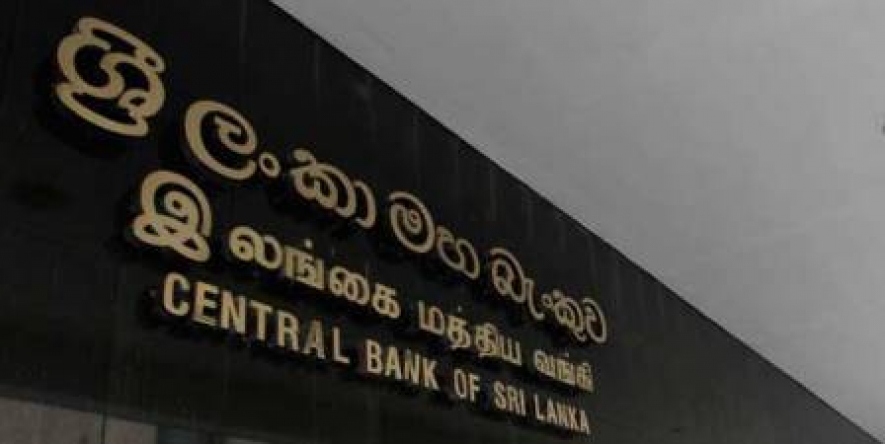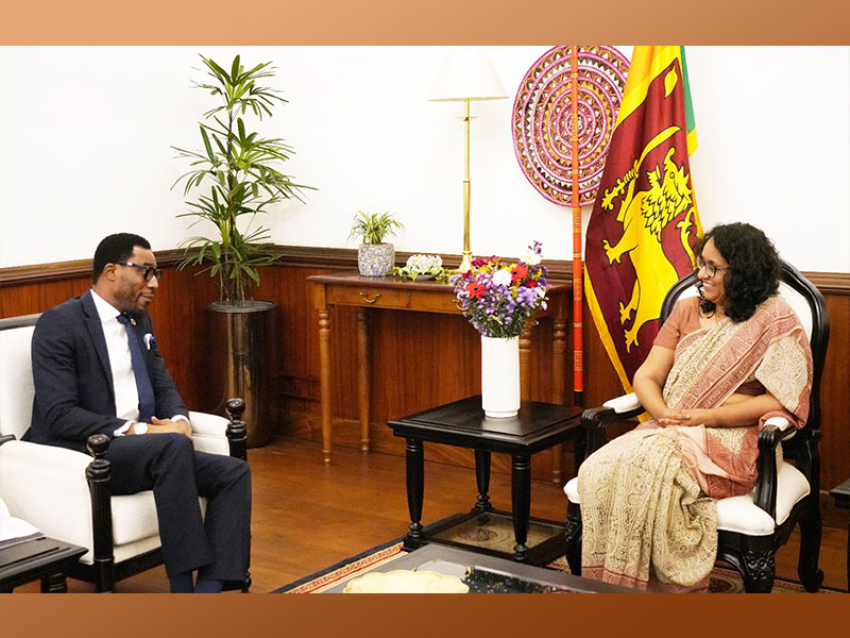Imports under FTAs increased to Rs.86 billion from this January to August, compared to Rs. 21.2 billion during the same period last year.
However, imports through FTAs accounted for only 0.4 percent of the total imports to Sri Lanka during the first eight months of this year, which stood at USD 13.6 billion, up 9.6 percent year-on-year (YoY).
“The importation of various products especially gems and jewellery, which were granted duty free of normal duty status under the free trade agreements, strengthened bilateral and regional trade during the period,” the Treasury said.
Total imports of diamonds, precious stones and metals to Sri Lanka, both in and outside FTAs during the period increased by 58.6 percent or USD 175.3 million to USD 474.6 million during the period, indicating that the pattern was not limited to just FTAs.
Gold imports were the main culprit for the change within this segment, increasing by 90 percent YoY to USD 402.7 million.
The Central Bank had built up gold reserves during this period, buying USD 65 million in gold. However, this only accounted for around one third of the gold imports for the eight months.
It appears that most of the additional imports may have been for local consumption, since exports of gems and jewellery for the eight months fell by 11 percent to USD 166.7 billion.
Diamonds, precious stones and metals imports grew at the second fastest rate, after food imports which grew at phenomenal rates to fill the vacuum of local food supply caused by the worst drought to hit the country in over 40 years.
Meanwhile, in the FTAs, the largest increase came through India, where imports increased more than fourfold YoY to Rs. 71.1 billion, claiming 82.7 percent of total imports through trade agreements.
Imports via the Pakistan-Sri Lanka FTA more than tripled YoY to Rs. 6.9 billion.
Imports through the South Asia Free Trade Agreement and the Asia-Pacific Trade Agreement too increased by similar levels to Rs. 2 billion and Rs.6 billion respectively.
The volume of imports through FTAs built up over the past eight months points towards a record year of imports through the trade pacts since the previous annual highs seen in 2010, 2011 and 2014 had much lower imports during the first eight to nine months compared to 2017.



















